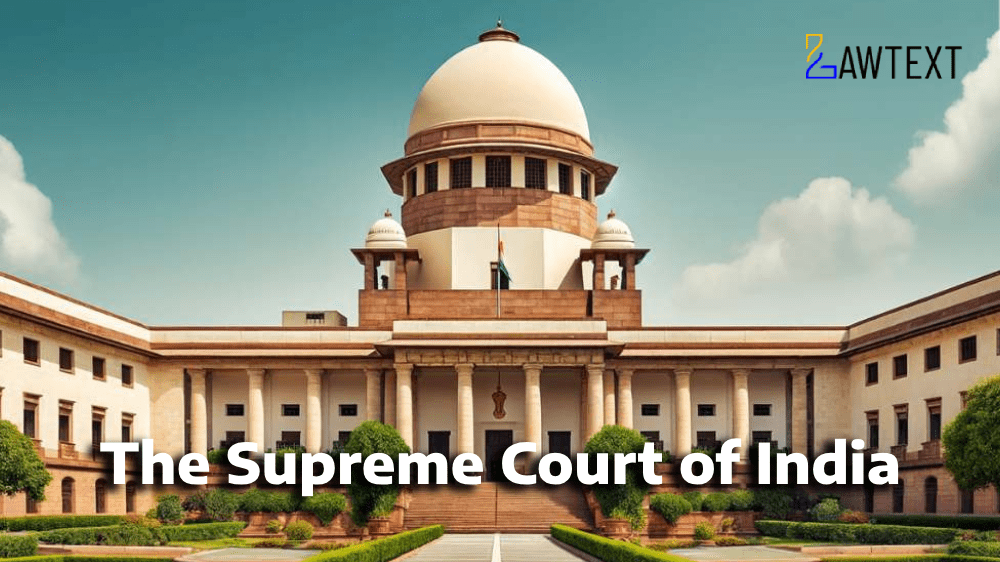Championing Accessibility: Supreme Court Mandates Barrier-Free Public Spaces. A Landmark Judgment Ensuring Equal Access to Public Spaces for Persons with Disabilities (PWDs)

CASE NOTE & SUMMARY
The Supreme Court of India's judgment in Rajive Raturi v. Union of India underscores the right of persons with disabilities (PWDs) to accessible public spaces, aligning with international and constitutional principles. Filed by Rajive Raturi, a visually impaired petitioner, the case emphasized the need for accessibility in infrastructure, transportation, and information systems. The court mandated all Union, State governments, and Union Territories to adopt accessibility standards under the Rights of Persons with Disabilities Act (RPWD), 2016, bolstered by the UN Convention on the Rights of Persons with Disabilities (CRPD). The National Centre for Disability Studies at NALSAR was assigned to assess ground compliance, addressing widespread non-compliance. The judgment reinforces accessibility as a human right, essential for PWDs to fully participate in society.
Crux of Judgment
- Legal Framework: The RPWD Act, 2016, and CRPD mandate accessibility as a fundamental right.
- Non-Compliance: Most government bodies failed to implement accessibility measures adequately.
- Two-Pronged Approach: Accessibility requires retrofitting existing spaces and incorporating inclusive design in new structures.
- Mandated Compliance: Establishments failing to meet standards cannot receive operational clearances.
-
Background
- Petitioner’s Claim: Rajive Raturi, a visually impaired petitioner, filed for accessible public spaces in 2005.
- Previous Orders: Despite an initial order in 2017 for compliance, progress was unsatisfactory, prompting court intervention.
-
International Standards and Accessibility as a Right
- UNCRPD Influence: Accessibility recognized under the CRPD as essential for dignity, equality, and autonomy.
- Human Rights Framework: Accessibility is not a separate right but foundational for other human rights.
-
Assessment by NALSAR-CDS
- Poor Compliance: NALSAR-CDS found inadequate measures in multiple sectors including courts, prisons, and educational institutions.
- Sectoral Findings: Major gaps in transportation, health, and sports access for PWDs highlighted systemic issues.
-
Legal Analysis
- RPWD Act Compliance: The Act mandates accessible design standards across new and existing buildings and services.
- Section 40-46: These sections in the RPWD Act prescribe timelines and penalties for non-compliance with accessibility standards.
-
Court’s Directions
- Mandatory Accessibility: The Supreme Court directed adherence to the RPWD Act's accessibility standards for infrastructure, information, and communication.
- Inconsistency in Rules: The court noted contradictions in guidelines that hinder enforceability, advocating for clear, enforceable standards.
Ratio Decidendi
The right to accessible public spaces for persons with disabilities is embedded within the RPWD Act, 2016, aligning with fundamental rights in the Indian Constitution (Articles 14, 19, 21) and international law. The court clarified that accessibility is an obligation and a condition for social inclusion, mandating compliance across government and private sectors to ensure PWDs' full societal participation.
Acts and Sections Discussed
- Rights of Persons with Disabilities (RPWD) Act, 2016
- Section 40-46: Accessibility standards, retrofitting requirements, and compliance timelines.
- Section 89: Penalties for non-compliance.
- UN Convention on the Rights of Persons with Disabilities (CRPD)
ISSUE OF CONSIDERATION
Rajive Raturi Versus Union of India & Ors.
Citation: 2024 LawText (SC) (11) 84
Case Number: Writ Petition (C) No. 243 of 2005 And with Writ Petition (C) No. 228 of 2006
Date of Decision: 2024-11-08
Case Title: Rajive Raturi Versus Union of India & Ors.
Before Judge: [Dr Dhananjaya Y Chandrachud CJI. , J. B. Pardiwala J. , Manoj Misra J. ]
Appellant: Rajive Raturi
Respondent: Union of India & Ors.

